Why Should India Consider Changing Its Capital?
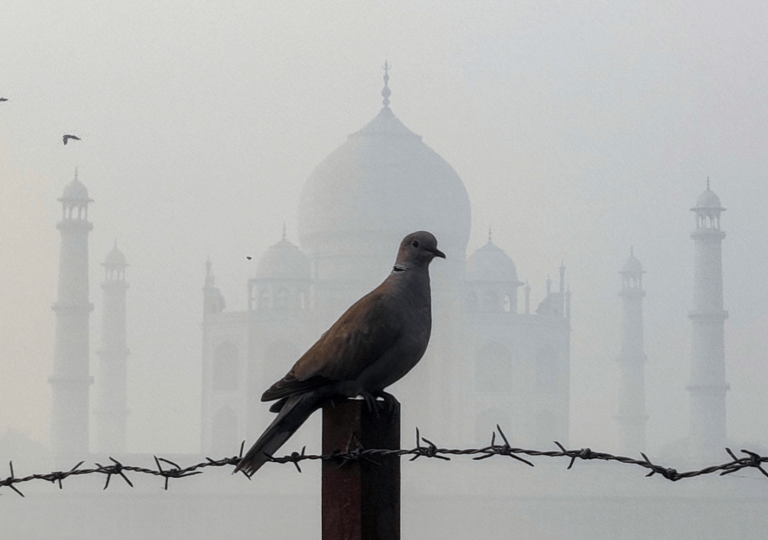
Delhi's air pollution crisis poses severe health risks, prompting discussions about relocating the capital for sustainable development

Delhi's air pollution crisis poses severe health risks, prompting discussions about relocating the capital for sustainable development

Qatar is stepping back from mediating between Hamas and Israel, citing lack of good faith from both sides
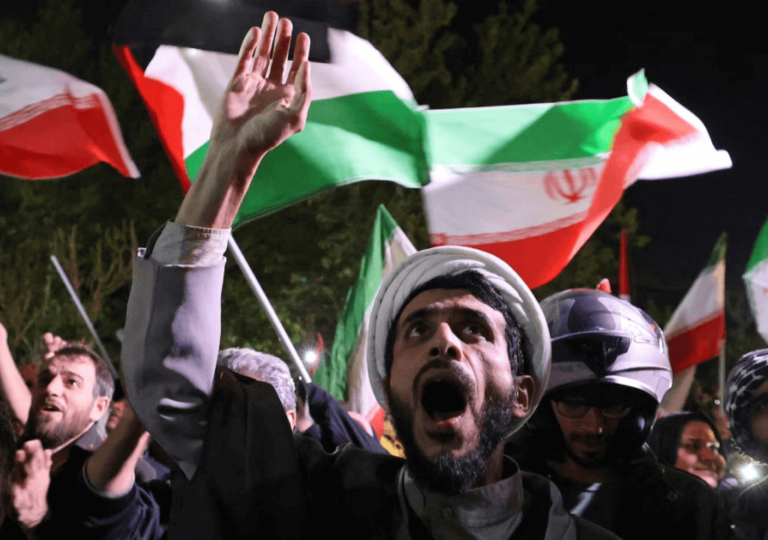
Israel and Iran's conflict escalates, with direct strikes exchanged, raising fears of broader regional war

Israel has killed Yahya Sinwar, the mastermind behind the October 7th attack, escalating its war against Hamas and Hezbollah
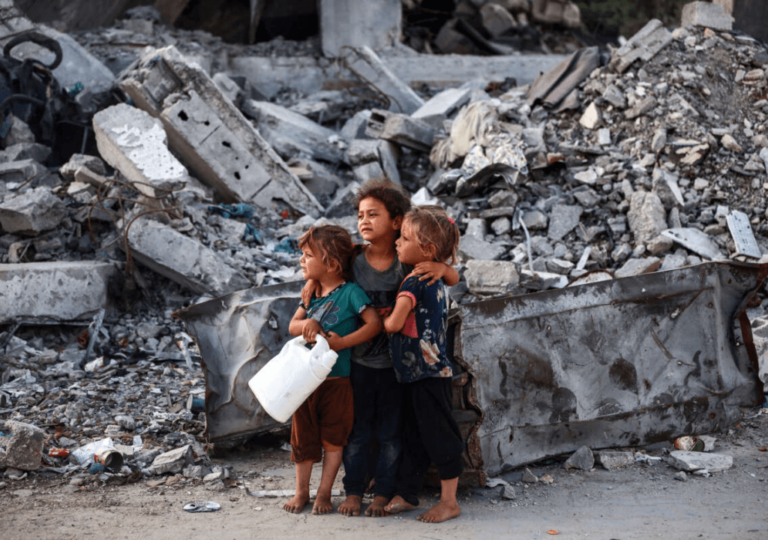
One year after Hamas's brutal attack on Israel, global commemorations highlight the ongoing conflict's devastating toll
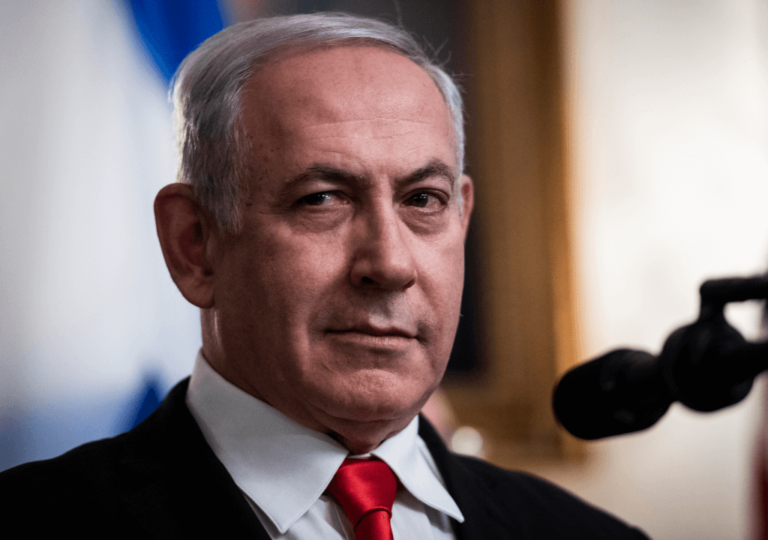
Tensions between Israel and Iran escalate as missile attacks raise fears of an all-out war, impacting regional stability
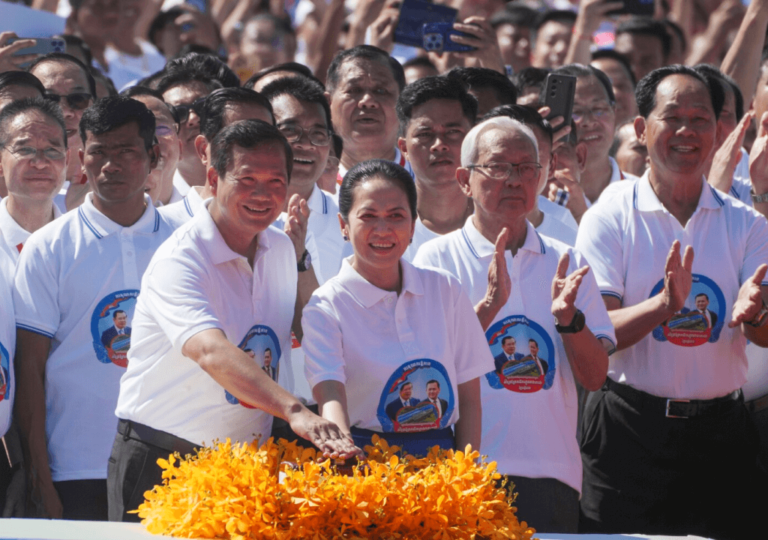
Cambodia's rising anti-Vietnamese sentiment is fueled by historical grievances and current border disputes, leading to protests and political tensions
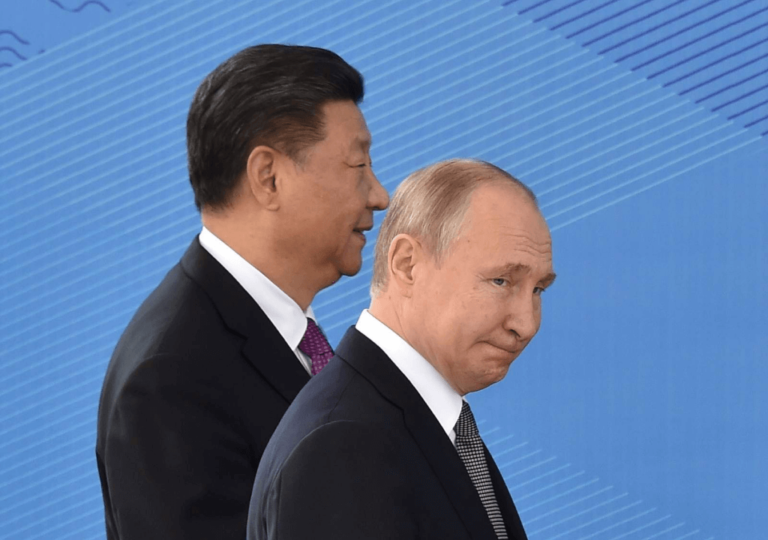
Putin seeks mediation from China and India as the Russia-Ukraine war reaches a stalemate, complicating peace efforts
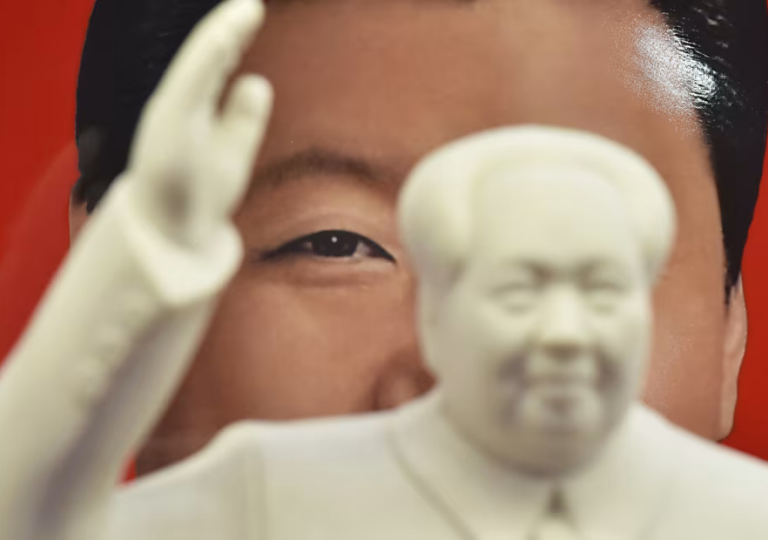
Taiwan questions China's territorial integrity claims, challenging its silence on lost lands to Russia while asserting its own sovereignty
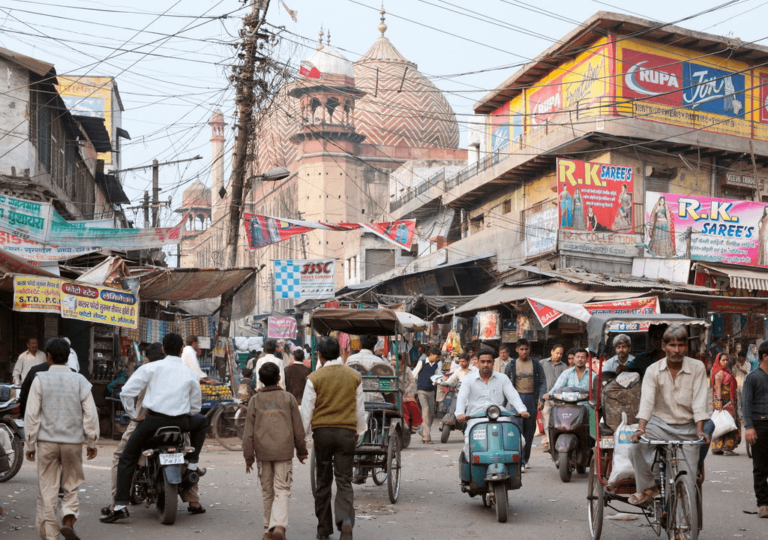
Uttar Pradesh, India's most populous state, faces significant governance challenges due to its large population and size